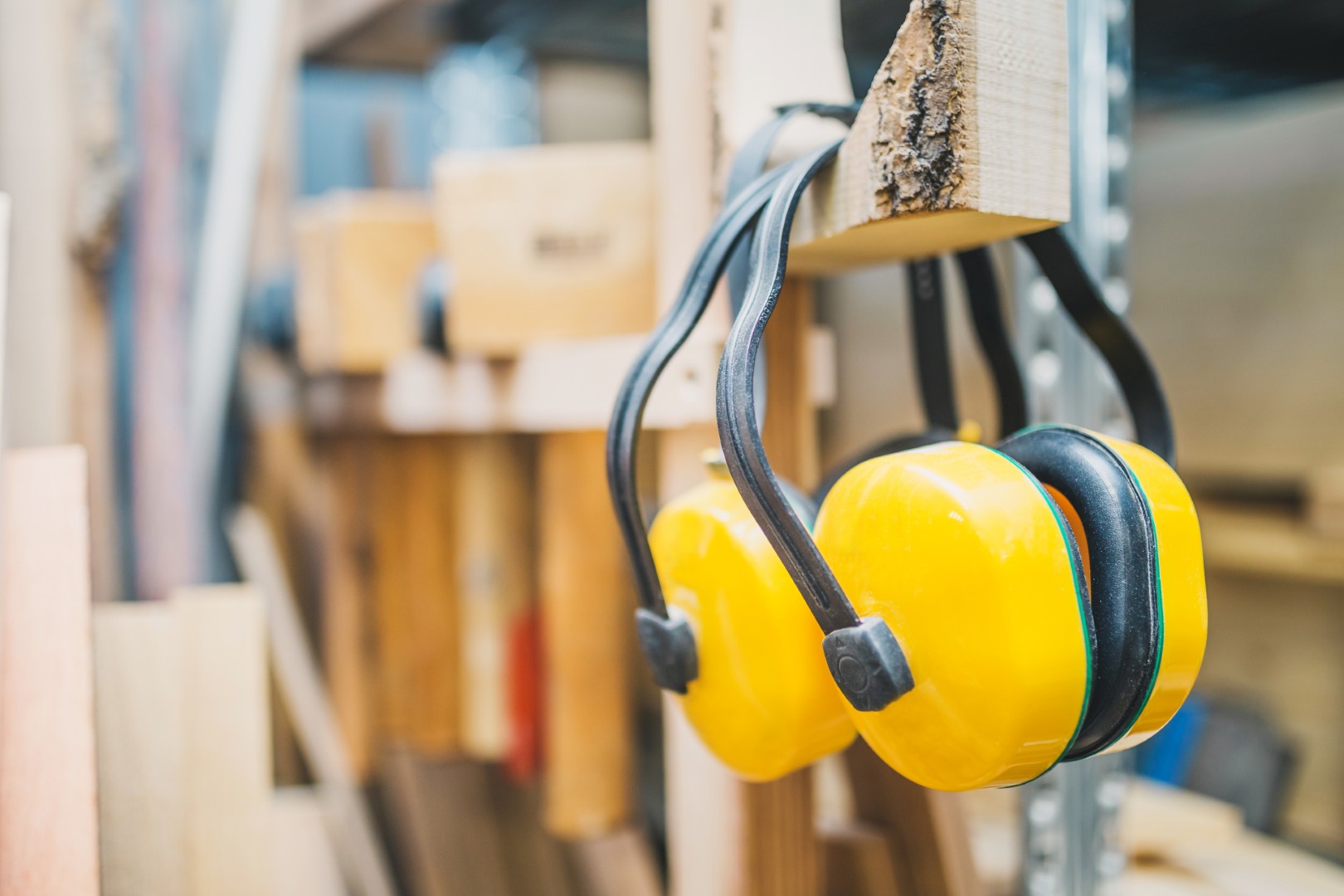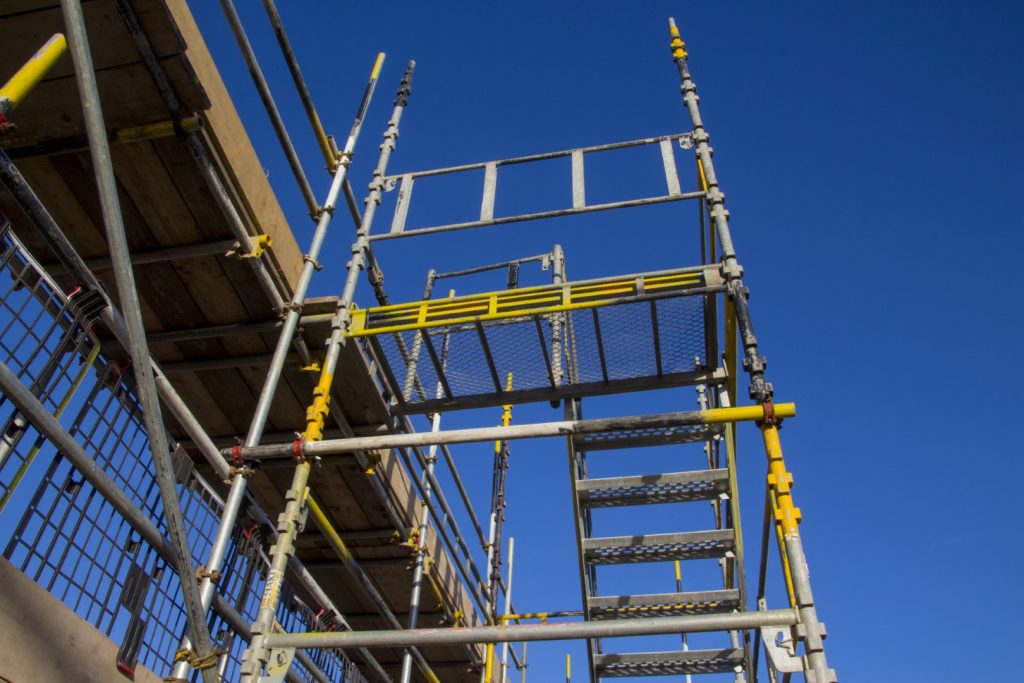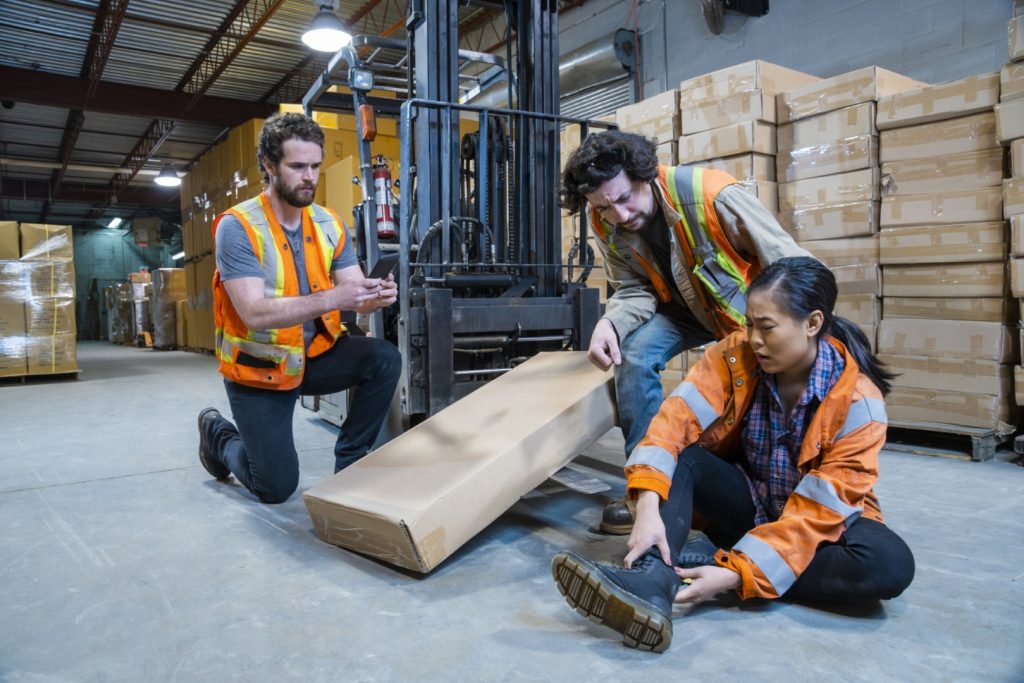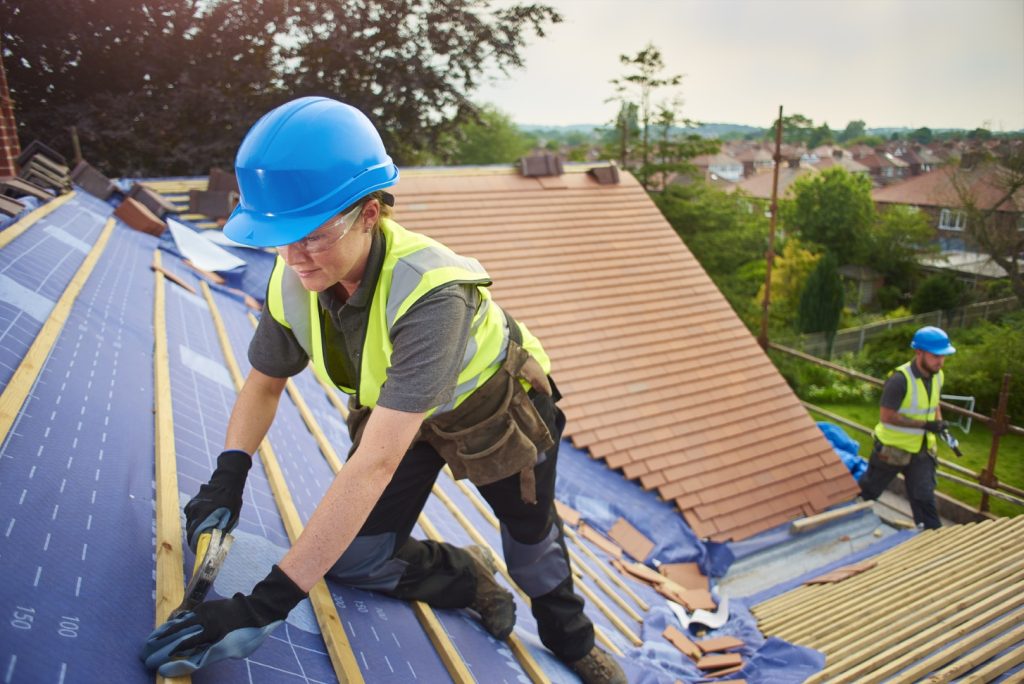Widespread failures in workplace hearing protection
The HSE’s campaign found that while many employers issue hearing protection equipment such as earplugs and earmuffs, few are managing them effectively in practice.
The problem is one of false compliance: PPE may exist on paper, but without training, maintenance, and supervision, it fails to protect workers.
Common issues identified included:
- PPE stored in dirty or damp conditions, degrading effectiveness.
- Shared earplugs being reused without hygiene controls.
- No regular replacement or inspection schedule.
- Workers removing hearing protection too early or wearing it incorrectly.
In essence, many businesses treat workplace hearing protection as a one-time purchase rather than a living safety system requiring continuous management and review.







